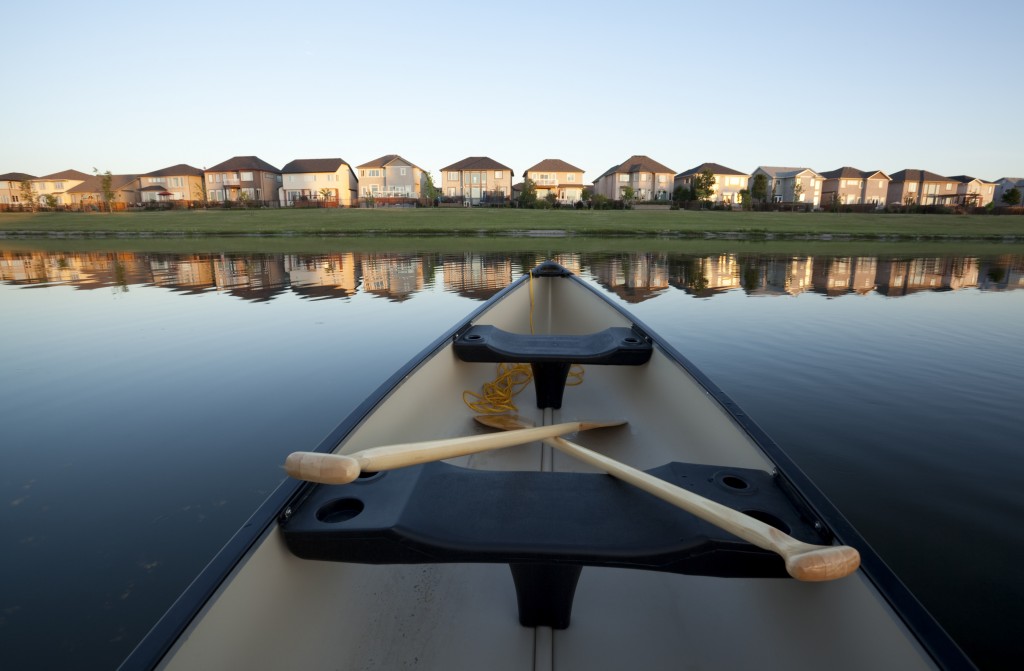Capital gains tax: Declaring the cottage ‘principal residence’
Almost all property is subject to capital gains tax
Advertisement
Almost all property is subject to capital gains tax

Share this article Share on Facebook Share on Twitter Share on Linkedin Share on Reddit Share on Email
How do you get the exemption for the years you lived their i.e. bought in 1989 addition in preparation for retirement in 2010. sold and moved to another primary residence 2023.
we did not know that we had to file a change of use form ????